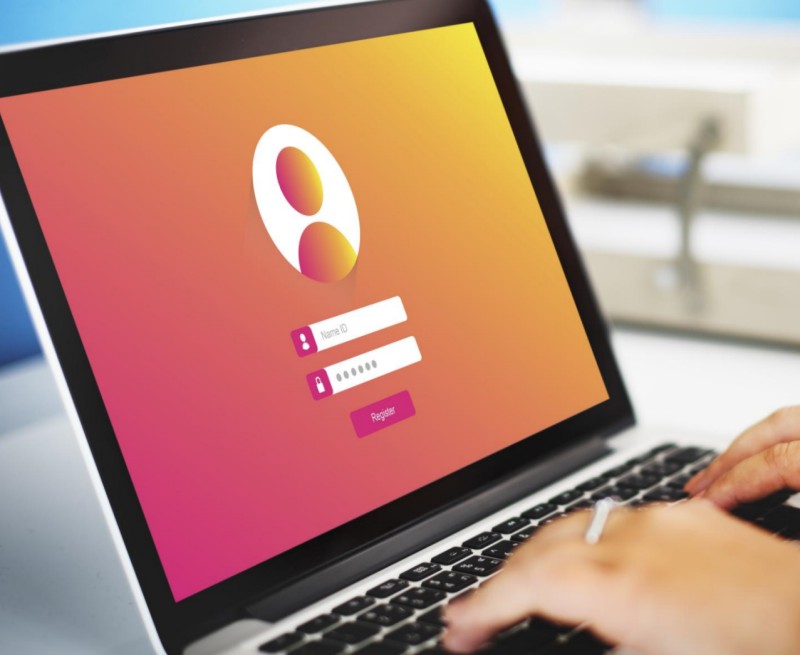
Client portals have evolved from basic communication tools to integral parts of a business’s digital ecosystem. In 2025 and beyond, client portals will continue to shape the way businesses interact with their clients, offering enhanced functionality, greater security, and improved user experiences. As more companies look to provide seamless, personalized services to their customers, the demand for advanced client portals will grow. Here’s a look at the key trends to watch in the future of client portal development.
1. AI-Powered Client Portals for Smarter Interactions
Artificial Intelligence (AI) is transforming industries, and client portals are no exception. In the coming years, AI will be integrated more deeply into client portals, enhancing automation, personalization, and decision-making. AI-driven chatbots and virtual assistants will become standard features, enabling real-time communication, answering client inquiries, and offering recommendations based on historical data.
Businesses will use AI to analyze client behavior, preferences, and engagement patterns to deliver more relevant content and services. This will lead to more personalized user experiences, improving client satisfaction and loyalty.
2. Advanced Personalization Features
Client portals will move beyond generic dashboards to offer highly personalized experiences. In the future, portals will incorporate advanced customization features that allow clients to tailor their dashboards, reports, and notifications according to their specific needs.
For example, a client portal for a financial institution could allow users to customize their portfolio views, transaction reports, and notifications related to market trends. This level of personalization will help businesses provide clients with exactly what they need, improving efficiency and strengthening relationships.
3. Enhanced Data Security with Blockchain Technology
As businesses continue to handle sensitive client data, security remains a top priority. In 2025 and beyond, blockchain technology will play a pivotal role in client portal security. Blockchain’s decentralized nature ensures that data cannot be altered without consensus, making it an ideal solution for safeguarding sensitive information.
By integrating blockchain into client portals, businesses will provide clients with increased confidence that their data is secure and transparent. Additionally, blockchain can be used for secure document sharing, transaction tracking, and authentication processes, enhancing overall portal trustworthiness.
4. Seamless Integration with Other Business Tools
Client portals will increasingly serve as a hub that integrates with a variety of business tools and platforms, including Customer Relationship Management (CRM) systems, Enterprise Resource Planning (ERP) software, and project management tools. This integration will allow businesses to offer a holistic experience by providing clients with access to data, analytics, and tools in one unified location.
For example, a client portal for a consultancy firm could pull data from a project management system, CRM, and financial tool to offer a comprehensive view of project progress, timelines, and budget in real-time. This integrated approach will streamline operations and improve communication, benefiting both clients and businesses.
5. Mobile-First and Multi-Device Accessibility
The increasing use of mobile devices means that in the future, client portals will be optimized for mobile-first access. Businesses will ensure that their portals are fully responsive, providing a consistent user experience across smartphones, tablets, and desktops.
In addition, as hybrid work environments and remote working continue to grow, businesses will need to offer clients the flexibility to access their portals from any device, anytime, anywhere. A mobile-optimized client portal will allow businesses to cater to clients on the go, improving convenience and overall user engagement.
6. Real-Time Data and Analytics
The future of client portals will heavily rely on real-time data to keep clients informed and engaged. Real-time analytics dashboards will become the norm, allowing clients to track performance, monitor metrics, and make informed decisions instantly.
For example, in the eCommerce industry, a client portal can offer real-time tracking of sales, inventory levels, and customer insights, helping clients adjust their strategies on the fly. This will empower clients to act quickly, improving their ability to respond to changing conditions and providing them with greater control over their business.
7. Self-Service and Automation for Efficiency
Self-service options are already a staple in many client portals, but the trend will grow stronger in 2025 and beyond. Clients will increasingly expect the ability to handle routine tasks such as managing their account, processing payments, requesting support, and accessing reports without needing to contact customer service.
Automation will also become a key feature, with portals automatically handling tasks like follow-up emails, reminders, or document generation based on specific triggers. This will save businesses time and resources while empowering clients to resolve issues independently and efficiently.
8. Improved User Experience with Intuitive Interfaces
In an increasingly digital world, providing an intuitive user experience (UX) will be crucial for the success of client portals. Businesses will focus on designing portals with easy-to-navigate, clean interfaces that minimize friction and make it simple for clients to access the information and services they need.
UX design will prioritize speed, usability, and accessibility, ensuring that clients can effortlessly interact with the portal, regardless of their technical expertise. As clients expect a seamless and enjoyable digital experience, businesses that invest in high-quality UX design will have a competitive edge.
Conclusion: The Evolving Future of Client Portals
As we move into 2025 and beyond, client portals will continue to evolve, incorporating cutting-edge technologies like AI, blockchain, and real-time analytics to create personalized, secure, and efficient client experiences. Businesses that stay ahead of these trends will be well-positioned to foster stronger relationships, streamline operations, and enhance client satisfaction.
Investing in a forward-thinking client portal today will ensure that your business is prepared to meet the evolving demands of tomorrow’s clients. Whether you’re looking to improve communication, enhance security, or provide better insights, the future of client portals offers endless possibilities for growth and innovation.






